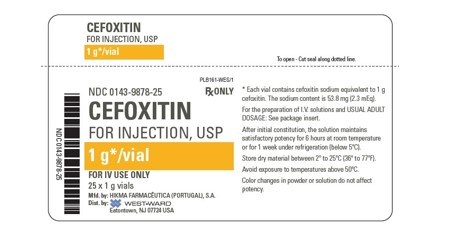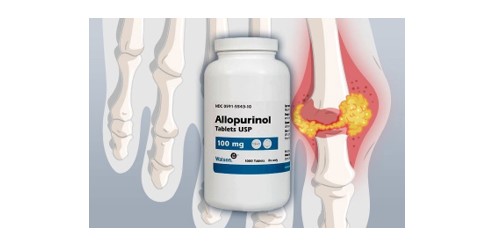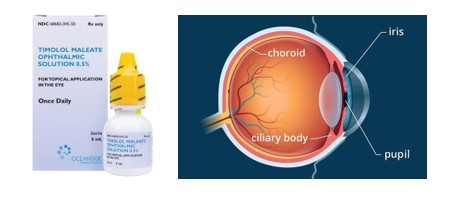A nurse is reviewing the medical record of a client who is to receive the first dose of cefoxitin, a cephalosporin via intermitent IV bolus Which of the following findings should the nurse Identify as a contraindication for the client to receive cefoxitin and report to the provider?
A recent history of diarrhea for 3 days.
Serum creatinine 0.8 mg/dL.
Severe allergy to amoxicillin.
A history of phlebitis following an IV infusion of 0.9% sodium chloride with 10 mEq potassium chloride.
The Correct Answer is C
Cefoxitin is a cephalosporin antibiotic and can cause allergic reactions in people who are allergic to penicillin or other beta-lactam antibiotics like amoxicillin. Therefore, a severe allergy to amoxicillin is a contraindication for the client to receive cefoxitin, and the nurse should report this finding to the provider immediately.
A recent history of diarrhea for three days is not a contraindication for cefoxitin administration. However, the nurse should monitor the client for signs of diarrhea and report any worsening symptoms to the provider.
A serum creatinine level of 0.8 mg/dL is within the normal range and is not a contraindication for cefoxitin administration.
A history of phlebitis following an IV infusion of 0.9% sodium chloride with 10 mEq potassium chloride is not a contraindication for cefoxitin administration. However, the nurse should assess the client's veins carefully before administering the medication and choose a different site or route for administration if necessary.

Nursing Test Bank
Naxlex Comprehensive Predictor Exams
Related Questions
Correct Answer is D
Explanation
Gout is a type of arthritis caused by a build-up of uric acid crystals in the joints, leading to inflammation, pain, and swelling. Allopurinol is a medication used to treat gout by reducing the production of uric acid in the body. It works by inhibiting the enzyme xanthine oxidase, which is responsible for producing uric acid.
Option a, Alprazolam, is a medication used to treat anxiety and panic disorders. It is not used in the treatment of gout.
Option b, Spironolactone, is a medication used to treat high blood pressure, edema, and certain types of hormonal imbalances. It is not used in the treatment of gout.
Option c, Zolpidem, is a medication used to treat insomnia. It is not used in the treatment of gout.

Correct Answer is D
Explanation
Timolol maleate (Timoptic) is a beta-adrenergic blocking agent that reduces elevated intraocular pressure by decreasing the production of aqueous humour in the ciliary body of the eye.

Whether you are a student looking to ace your exams or a practicing nurse seeking to enhance your expertise , our nursing education contents will empower you with the confidence and competence to make a difference in the lives of patients and become a respected leader in the healthcare field.
Visit Naxlex, invest in your future and unlock endless possibilities with our unparalleled nursing education contents today
Report Wrong Answer on the Current Question
Do you disagree with the answer? If yes, what is your expected answer? Explain.
Kindly be descriptive with the issue you are facing.
